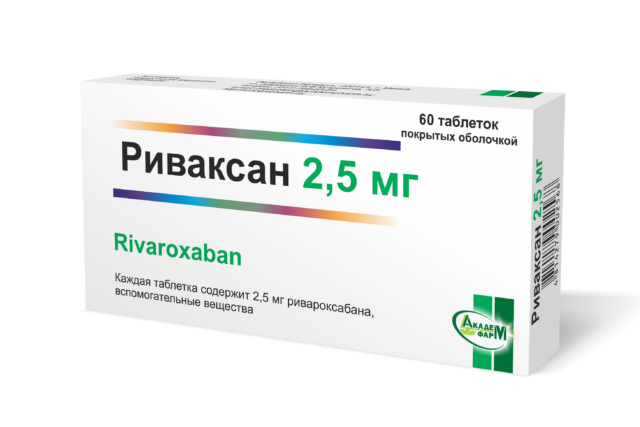
ACADEMPHARM opened its doors to partners: a tour was held for the Iskamed pharmacy chain.
19.09.2025

Delivery of Rivaxan to the National Health System of the Republic of Cuba
19.09.2025

The first batch of Rivaxan was produced in Cuba.
19.09.2025

ACADEMPHARM and Brest RUE “Pharmacy”: a training seminar at Pharmacy Museum No. 21 in Baranovichi
19.09.2025

Visit of the President of the Republic of Cuba to ACADEMPHARM
19.09.2025

ACADEMPHARM is on the Honor Board of the Pervomaisky District
19.09.2025

Spring, male hormones and health: what you need to know
04.03.2025
The world is concerned about a new kind of coronavirus in China. Whether he will come to us is unknown. With regard to the flu, we know for sure what the flu will be. But when it comes and how it will spread is unpredictable.
In the Northern Hemisphere, this year’s flu season began in North America. It was along its course in the United States that we got the first idea of the severity of the infection. This season, according to experts from the US Centers for Disease Control, there were at least 13 million cases of influenza, 120,000 hospitalizations, which amounted to 0.199 ‰ and is similar to the last seasons. Hospitalizations were associated with influenza A virus ((H1N1) pdm09 and (H3N2)) in 56.3%, with influenza B virus in 43.1%, with influenza A virus and co-infection with B virus in 0.3%. In 0.4%, the type of influenza virus was not determined. The epidemic threshold for mortality was not exceeded. A total of 6,600 deaths were detected, the maximum level was observed in the second week of 2020 – 6.9% of the number of hospitalized. Flu-related deaths of 39 children during the 2019-2020 season were caused by influenza viruses B / Victoria and A (H1N1) pdm09.
In Europe, influenza activity in the 3rd week of 2020 increased compared to the beginning of the year, with one Member State (Israel) reporting a high intensity, and eight countries reporting an average intensity of infection. In other countries, including Belarus, there is a basic or low level of intensity. Most of the reported cases of influenza virus in the European Region are type A, in two countries the virus type B is dominant, and in eight countries there is activity of 2 types of viruses (A and B).
In Belarus, the rise in the incidence of influenza over the past years falls on the end of January – February. It is too early to say what the 2019-2020 season will be like. But the good news is that this year’s vaccine appears to be effective against the dominant strain. According to the Ministry of Health, 41% of the population (about 55% of children and 38% of adults) were vaccinated against influenza in 2019. Last season in Belarus, the incidence among people vaccinated against influenza was 12.3 times lower than among the unvaccinated.
However, according to the Euroflu surveillance system, there are differences between circulating strains of influenza and the strains against which we have been vaccinated. More than half (51%) of the influenza A (H3N2) virus is different from what is in the vaccine. This is reported by the US Centers for Disease Control and Prevention. Euroflu speaks of a similar situation in Europe. Thus, the effectiveness of the modern influenza vaccine has been reduced. But the vaccinated are less likely to cross-contaminate, which reduces the possibility of serious consequences – hospitalization and death. Studies over the years have shown that influenza vaccination reduces disease severity by 23-36%, even when it does not prevent illness and influenza-related hospitalization.
Since the disease cannot be 100% prevented and, without treatment, influenza can be fatal, antiviral treatment is critical to shortening the duration of the symptoms and complications of influenza. This is especially true for sensitive groups such as babies, pregnant women, the elderly and people with chronic diseases.
Antiviral drugs are an important adjunct to the flu vaccine. Almost all (> 99%) influenza viruses tested this season are susceptible to the neuraminidase inhibitor oseltamivir, available in Belarus. There is no need to wait for laboratory confirmation of influenza to initiate antiviral treatment, as the clinical benefit is greatest when antiviral treatment is started as close to the onset of the disease as possible.
Antiviral treatment is recommended to start as early as possible (most effective immediately after the first symptoms of influenza appear) for any patient with confirmed or suspected influenza who:
- hospitalized;
- has a severe, complex, or progressive medical condition;
- or with a high risk of complicated flu.
Antiviral treatment may also be considered for any previously healthy, symptomatic outpatient who is not at high risk of complications with confirmed or suspected influenza within the first 48 hours of illness onset.
Although antiviral drugs work best within 2 days of symptom onset, treatment can be given to patients with suspected or confirmed influenza symptoms at high risk of complications and hospitalized patients, even if they have been ill for more than 2 days. Clinical advantage in these cases was shown among hospitalized patients when antiviral treatment was started 4 and 5 days after the onset of symptoms.
Get a flu shot, get oseltamivir and stock up on chicken soup – but don’t waste money on supplements and zinc pills, say experts at the US Centers for Disease Control.



